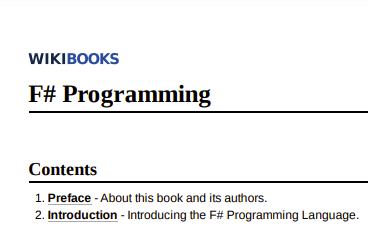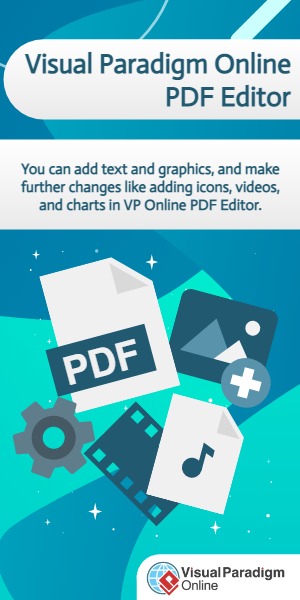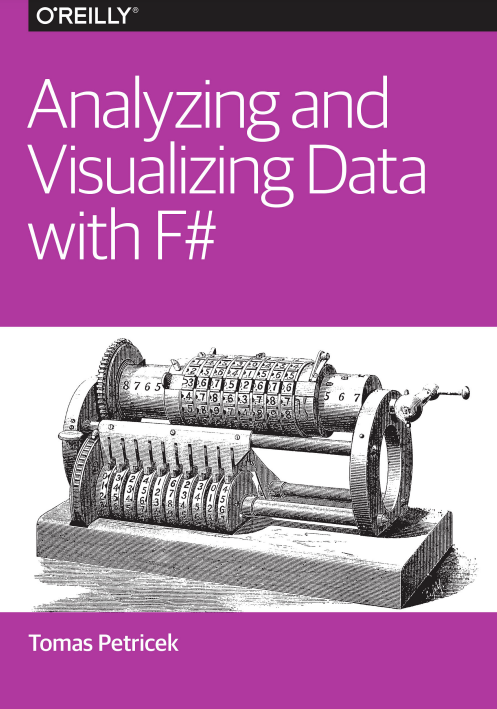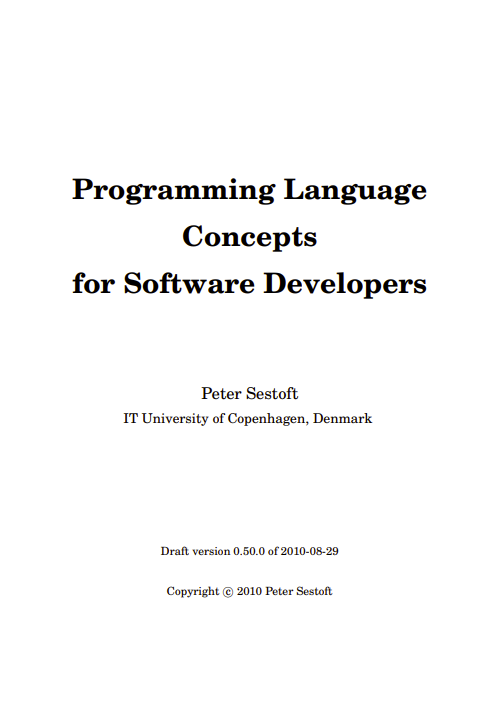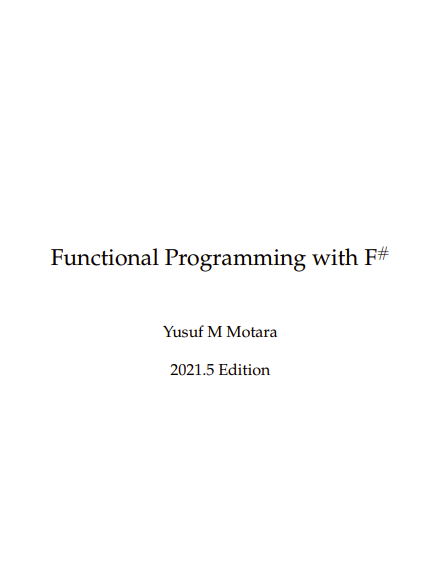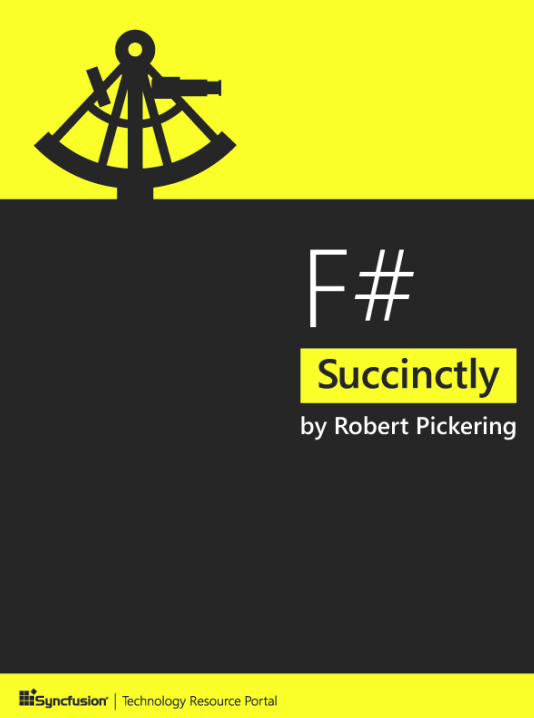The F# programming language is part of Microsoft’s family of .NET languages, which includes C#, Visual Basic.NET, JScript.NET, and others. As a .NET language, F# code compiles down to Common Language Infrastructure (CLI) byte code or Microsoft Intermediate Language (MSIL) which runs on top of the Common Language Runtime (CLR). All .NET languages share this common intermediate state which allows them to easily interoperate with one another and use the .NET Framework’s Base Class Library (BCL), that is part of Standard Libraries.
In many ways, it’s easy to think of F# as a .NET implementation of OCaml, a well-known functional programming language from the ML family of functional programming languages. Some of F#’s notable features include type inference, pattern matching, interactive scripting and debugging, higher order functions, and a well-developed object model which allows programmers to mix object-oriented and functional programming styles seamlessly.
A Brief History of F#
There are three dominant programming paradigms used today: functional, imperative, and object-oriented programming. Functional programming is the oldest of the three, beginning with Information Processing Language in 1956 and made popular with the appearance of Lisp in 1958. Of course, in the highly competitive world of programming languages in the early decades of computing, imperative programming established itself as the industry norm and preferred choice of scientific researchers and businesses with the arrival of Fortran in 1957 and COBOL in 1959.
While imperative languages became popular with businesses, functional programming languages continued to be developed primarily as highly specialized niche languages. For example, the APL programming language, developed in 1962, was developed to provide a consistent, mathematical notation for processing arrays. In 1973, Robin Milner at the University of Edinburgh developed the ML programming language to develop proof tactics for the LCF Theorem prover. Lisp continued to be used for years as the favored language of AI researchers.
ML stands out among other functional programming languages; its polymorphic functions made it a very expressive language, while its strong typing and immutable data structures made it possible to compile ML into very efficient machine code. ML’s relative success spawned an entire family of ML-derived languages, including Standard ML, Caml, its most famous dialect called OCaml which unifies functional programming with object-oriented and imperative styles, and Haskell.
F# was developed in 2005 at Microsoft Research. In many ways, F# is essentially a .Net implementation of OCaml, combining the power and expressive syntax of functional programming with the tens of thousands of classes which make up the .NET class library.
